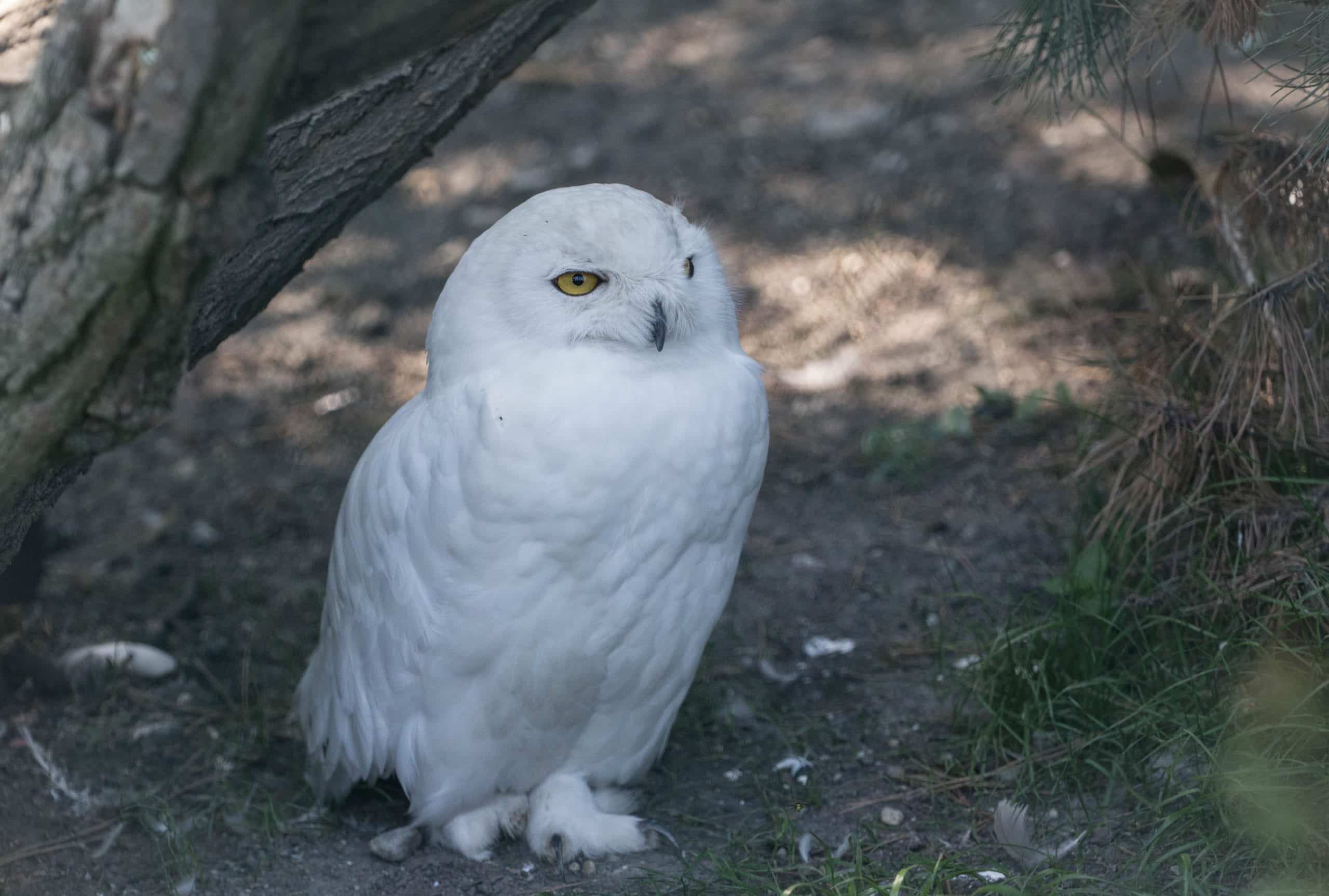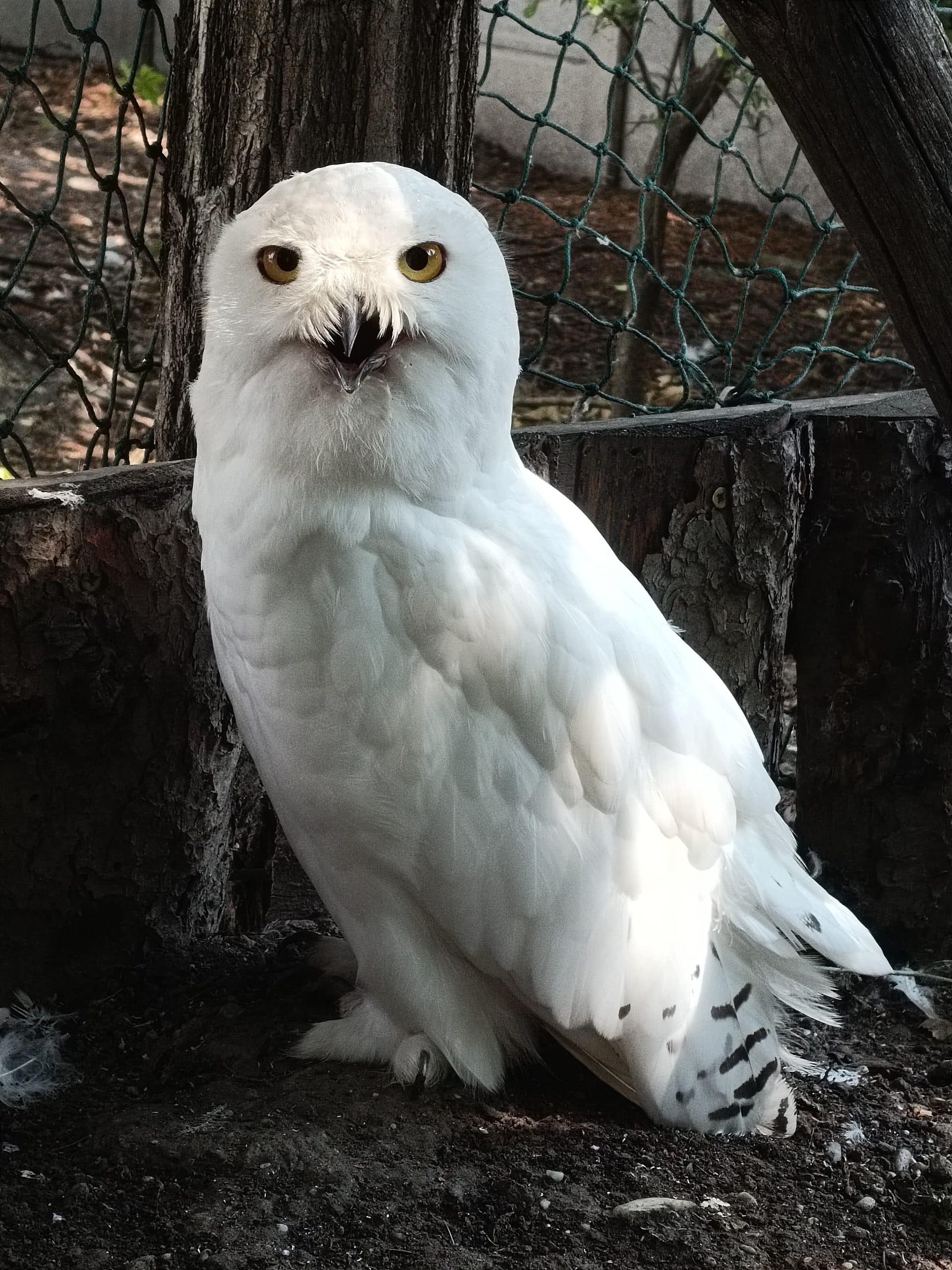The male is almost pure white. The female has transverse spots on her body and is about one-fifth the size of the male. Its white, dark-spotted feathers protect it well in the tundra with remnants of snow and between rocks when it nests on the ground.
The plumage of both sexes is very dense and harder than that of other owls. Among other things, it also provides them with a noiseless flight.
Beak and claws are hidden in thick feathers. The iris of the eyes is bright yellow. Owls cannot move their eyes, but they can turn their heads almost around their own axis. The ear openings are asymmetrical (one ear higher, the other lower) which helps them accurately locate moving prey.
The male draws attention to himself at the time of reproduction by running and singing in an elevated place. In the thin African air, the song carries for several kilometers. Females, just like males, also occupy and fight for their territory. These owls nest in the unforested tundra, both on the plains and in the mountains. The flow starts in early April and the nest is just a shallow hole in the ground, usually on a slight rise. Eggs are laid at intervals – it is more likely that at least the oldest and largest chick will survive. Cubs often kill and eat their younger and weaker siblings. At the age of 60 days, the cubs are fully independent.
Eskimos eat snowy owl meat when they have no other choice.
Na Shetlandských ostrovoch dostala sova snežná označenie “catogle”, pretože pripomína veľkú bielu mačku.
If an enemy, such as a wolf or a fox, approaches the nest, this owl will attack it with its claws. Often one of the parents also dies while defending the eggs or young.
It is a semi-migratory bird migrating for food. If there is a shortage of lemmings, it moves south.




